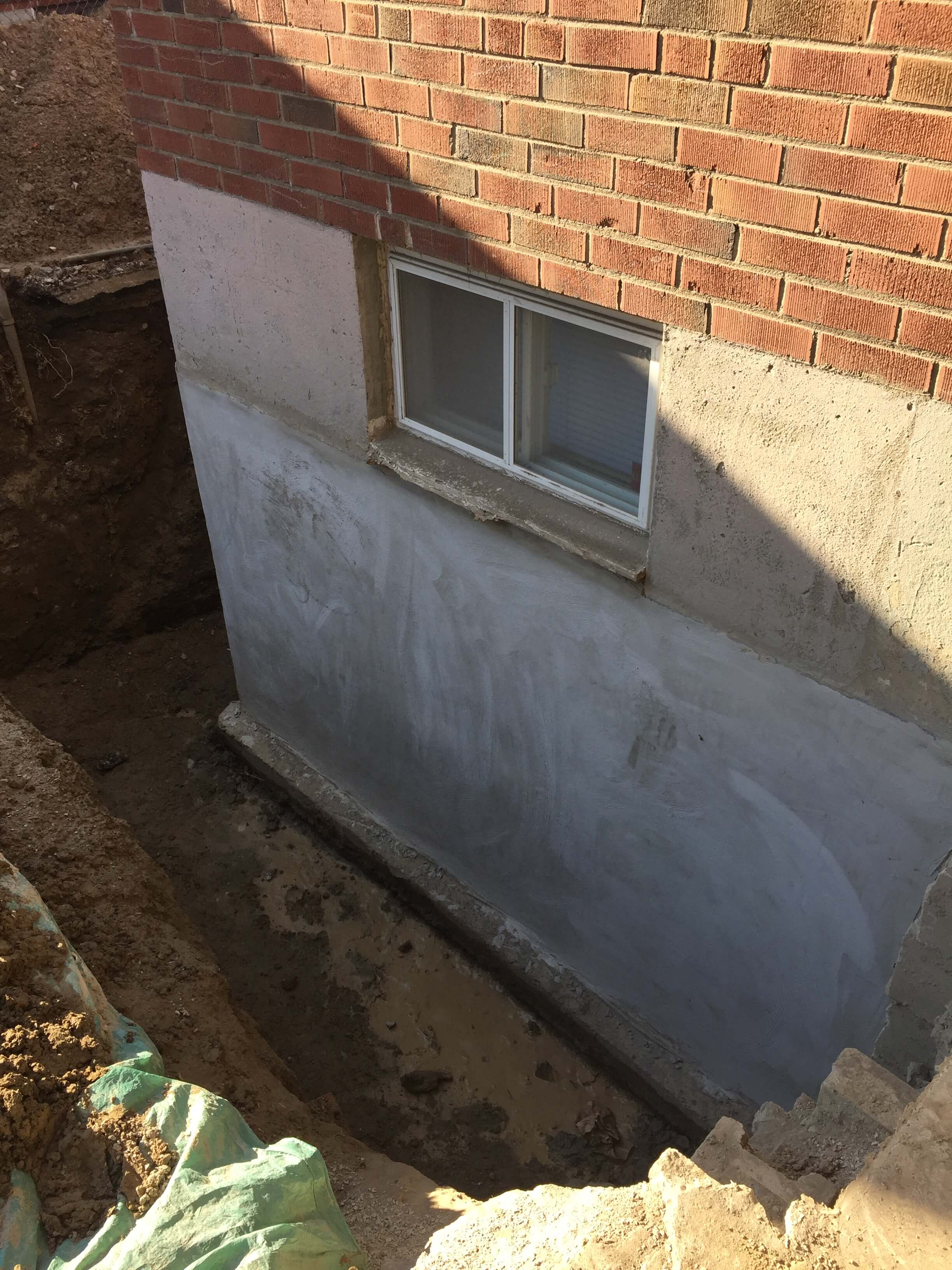Green Waterproofing Options You Could Consider
Regarding sustaining the stability of your home or building, sealing is an essential step that should never be neglected. From shielding your building against moisture damage to hindering the growth of fungus and mildew, effective waterproofing methods can spare you thousands in maintenance and stress down the road. In a environment increasingly aimed on environmental responsibility, finding green waterproofing options becomes even more important. go to website write-up examines a range of eco-conscious waterproofing methods that not only preserve your home but also reduce your ecological footprint.
The journey towards effective waterproofing might appear daunting, but it doesn't have to be. Grasping the different techniques and options available can allow you to take informed judgments. Whether you are looking to waterproof your basement to stop flooding or considering options for top waterproofing to protect your assets, our manual will cover everything you need to learn. We will discuss common misconceptions, highlight the importance of waterproofing in efficiency conservation, and explore how eco-friendly construction practices can merge these solutions seamlessly into your development project. Let’s dive into the realm of green waterproofing and discover how you can effectively protect your property while nurturing the environment.
Comprehending the Importance of Moisture Protection
Waterproofing is a critical aspect of property maintenance that a lot of homeowners and property managers overlook. It plays an essential role in protecting structures from water damage, which can lead to costly repairs and health issues caused by fungus and mildew. By making sure that your home or building is sufficiently waterproofed, you not only maintain its structure but also enhance its general value.

A major reason waterproofing is important is that it stops major moisture-related problems. This includes issues such as leaks in the foundation, flooding in basements, and water intrusion in interior walls. These problems can grow quickly, leading to extensive repairs that significantly impact your finances. Investing in waterproofing solutions can protect you a lot in repairs down the line and provide peace of mind knowing that your property is safe from moisture damage.
Besides safeguarding against water damage, proper waterproofing can improve energy efficiency in buildings. Properly sealed structures require less energy for heating efforts and cooling, as they reduce drafts and prevent moisture from getting in and impacting the indoor environment. By incorporating waterproofing solutions in your construction plan, you are not only protecting your property but also helping to a more sustainable and efficient in energy use environment.
Key Moisture-Proofing Techniques and Solutions
In the context of safeguarding your home from water damage, different waterproofing strategies can be employed. One of the most efficient methods is the application of waterproof treatments and membranes. These membranes are designed to create a block against moisture, making them ideal for areas like tops, surfaces, and lower levels. For example, liquid-applied membranes can be used on level roofs to prevent leaks, while cementitious finishes are excellent for basement walls that often face hydrostatic pressure.
Another technique involves proper drainage management. Installing drainage systems such as drainage trenches can significantly reduce water accumulation around your property. By redirecting top water away from the base, you can prevent it from seeping into your home. Additionally, making sure that gutters and downspouts are working efficiently can also minimize moisture ingress, protecting both the interior and exterior of your building from potential wetness and mildew formation.
For those looking for DIY solutions, using waterproof protectants and paints is a popular choice. These products can be simply applied to surfaces in need of protection, such as washrooms and cooking areas, where moisture is prevalent. However, it’s crucial to choose the right products based on the specific needs of each area, as some sealants may be more effective against fungus, while others focus on preventing leaks. Ultimately, selecting the right waterproofing method can save you thousands in repairs and extend the lifespan of your home or building.
Determining the Right Waterproofing Strategy for Your Residence
As you choosing a waterproofing solution for your house, it is important to evaluate the specific needs and weaknesses of your property. Consider factors such as the climate, the nature of soil, and the current architectural elements. For instance, homes in areas with heavy rainfall may need additional robust options compared to those in less humid regions. Furthermore, identifying the origin of potential water infiltration is important, as it can guide you in choosing between interior and outside waterproofing choices.
Do-It-Yourself methods can be an economical choice for homeowners familiar with construction projects. Nonetheless, for challenging issues or widespread areas, investing in expert waterproofing help may be less beneficial. Professionals can offer specialized knowledge, ensuring the chosen methods are appropriate for your home’s particular circumstances. Be sure to weigh the benefits and drawbacks of DIY versus expert options and think about reaching out to experienced contractors.
Ultimately, the resources and techniques you select should match with your overall objectives for the home. Look for environmentally-friendly waterproofing methods that not only safeguard your home but also support sustainability. Assessing waterproofing solutions, their performance, and likely effects on the environment can help you make an informed decision that protects the integrity of your residence while being considerate of ecological factors.